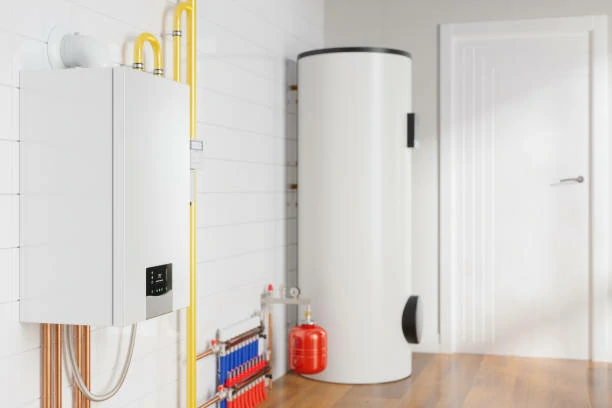Introduction:
Installing PEX water lines is a critical aspect of plumbing projects, offering flexibility, durability, and ease of installation. This article explores essential tips for maximizing the performance of PEX pipe, ensuring reliable water supply systems for residential and commercial applications.
Understanding PEX Water Lines:
PEX, or cross-linked polyethylene, is a flexible plastic tubing used in plumbing systems to distribute potable water. It comes in various sizes and colors, making it suitable for a wide range of applications, from residential to commercial plumbing projects.
Proper Planning and Design:
Before installing PEX water lines, carefully plan and design the layout of the plumbing system. Consider factors such as water supply locations, fixture placements, and pipe sizing to optimize efficiency and minimize potential issues during installation.
Selecting High-Quality PEX Tubing:
Choose high-quality PEX tubing from reputable manufacturers to ensure durability and reliability. Look for PEX tubing certified to meet industry standards for potable water applications, such as ASTM F876/F877/F2023.
Using the Right Tools and Equipment:
Invest in quality tools and equipment specifically designed for working with PEX tubing, such as pipe cutters, crimping tools, and expansion tools. Using the right tools ensures precise cuts, secure connections, and efficient installation.
Proper Installation Techniques:
Follow manufacturer guidelines and best practices for installing PEX water lines. Ensure proper support and spacing between pipes, avoid sharp bends or kinks, and use approved fittings and connectors for reliable connections.
Considering Expansion and Contraction:
PEX tubing has excellent expansion and contraction properties, making it suitable for hot and cold water applications. Allow for expansion loops or use expansion fittings to accommodate temperature changes and prevent damage to the piping system.
Insulating PEX Water Lines:
In cold climates, insulate PEX water lines to protect them from freezing temperatures and prevent potential damage. Use foam pipe insulation or heat tape to maintain consistent temperatures and ensure uninterrupted water flow.
Pressure Testing and Inspection:
After installation, pressure test the PEX water lines to check for leaks and ensure system integrity. Conduct a thorough inspection of all connections, joints, and fittings to identify any potential issues and address them promptly.
Compliance with Building Codes:
Ensure compliance with local building codes and regulations when installing PEX water pipe. Familiarize yourself with code requirements for materials, installation methods, and inspections to avoid compliance issues and ensure the safety of the plumbing system.
Regular Maintenance and Monitoring:
Once the PEX water lines are installed, perform regular maintenance and monitoring to ensure continued performance and reliability. Check for signs of leaks, corrosion, or damage, and address any issues promptly to prevent further damage or water loss.
Conclusion:
Installing PEX water lines requires proper planning, high-quality materials, and precise installation techniques to maximize performance and reliability. By following these essential tips and best practices, homeowners and professionals can create efficient and durable plumbing systems that deliver reliable water supply for years to come.
Contact
We will reply your email or fax within 24 hours.
You can call us at any time if there is any question on our production.
For more information,pls visit our webside https://www.ifanplus.com/
Pls Mailto: [email protected]






